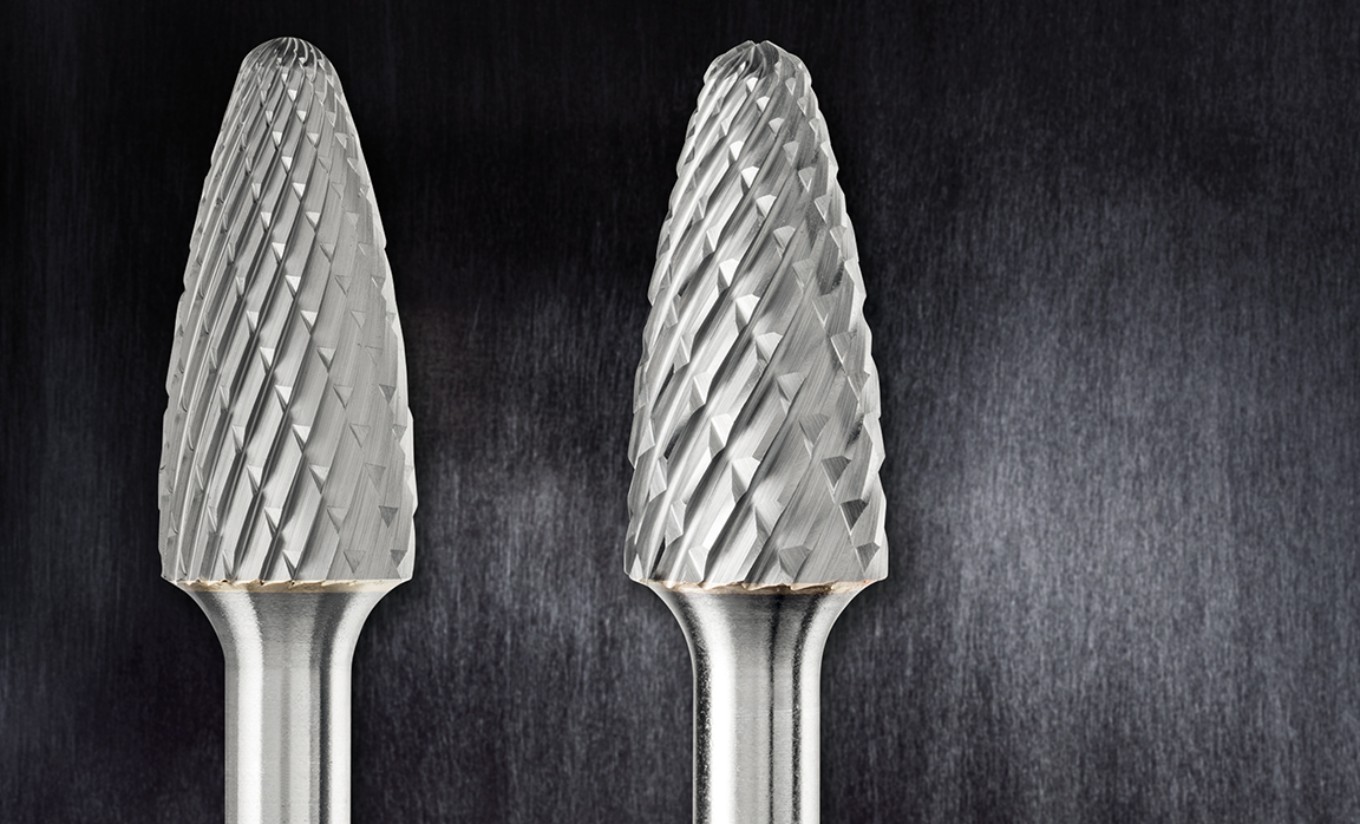Productivity increase through avoidance of errors
Press release - 05.08.2021

Efficiency requirements for manual processes continue to rise – Harmonisation of a few operating parameters leads to tapping of unused productivity reserves when working with tungsten carbide burrs.
‘In metalworking, many process steps are still carried out manually or must be done manually,’ said Product Manager Thomas Plömacher from PFERD Tools, the specialists for work on surfaces and cutting. And the aim is not only technically perfect execution. Instead, in ever more cases the work must be carried out with as much economic efficiency as possible. ‘Avoidable errors that make efficiency impossible from the very beginning are often made,’ explained the specialist for tungsten carbide burrs. Reporting on numerous cases he experienced in past years, he said: ‘Strictly speaking, productivity depends on only a few criteria that must be well harmonised with each other when it comes to the use of tungsten carbide burrs.’
Undoubtedly, the most important decision involves selecting the right tool. ‘It must be suitable for use on the material to be processed and its form must suit the processing requirements.’ Its drive must have an appropriate design and power, and last but not least, operating parameters such as rotational speed, contact pressure, and working speed must match the application. ‘We see that in practice, errors are often made in that area. Luckily, parameters are easy to change.’
Plömacher uses one of the most frequent applications for tungsten carbide burrs to explain the ‘cases’: ‘Take “metal cutting on steel” as an application with the aims of high stock removal, a good surface and low production costs. Typically, conventional cross-cut burrs are selected here, although some cut types are optimised for the material. If the processing progress is unsatisfactory, as a rule the rotational speed is increased. The thermal load on the tool and workpiece stock removal both increase with rotational speed, but stock removal usually does not. Sparks fly and at some point, the burr is ruined.’ If a high-performance burr had been used, that wouldn’t have happened. According to Plömacher: ‘These tools have different cut geometries that are designed for higher stock removal and they can also be used at rotational speeds that are around 25% higher.’
Alongside high-performance, material-specific cuts, the universal high-performance ALLROUND burrs are high-performance burrs. ‘With them, I have a cut that I can use on the most important material – and it delivers performance similar to that of a material-specific high-performance burr.’
A comparison with conventional cross-cut tungsten carbide burrs shows that in use on steel, the result is stock removal that is up to 30% higher: ‘Also because the burr can be used at a significantly higher rotational speed, which also enables smoother running and increased comfort.’
In summary, Plömacher said: ‘When you are selecting a tool, make sure you decide in favour of a burr that is ideally suited to and specifically designed for the task at hand and not just any burr that can be used on the material to be cut. Also make sure that the operating parameters are harmonised with the application.’ When these errors are avoided, nothing more stands in the way of economic efficiency and tapping of productivity reserves. ‘And to accomplish those things, you don’t have to be a specialist.’